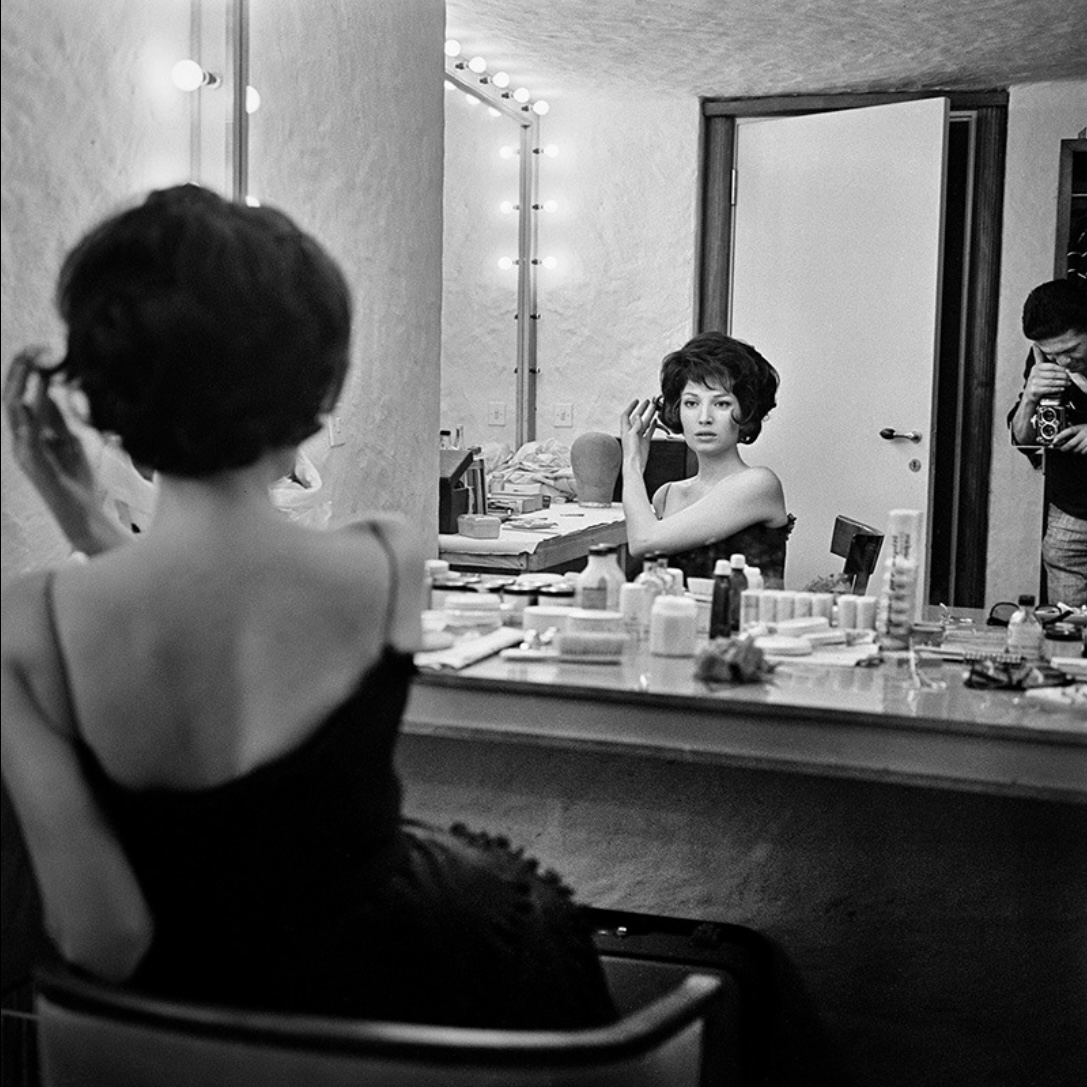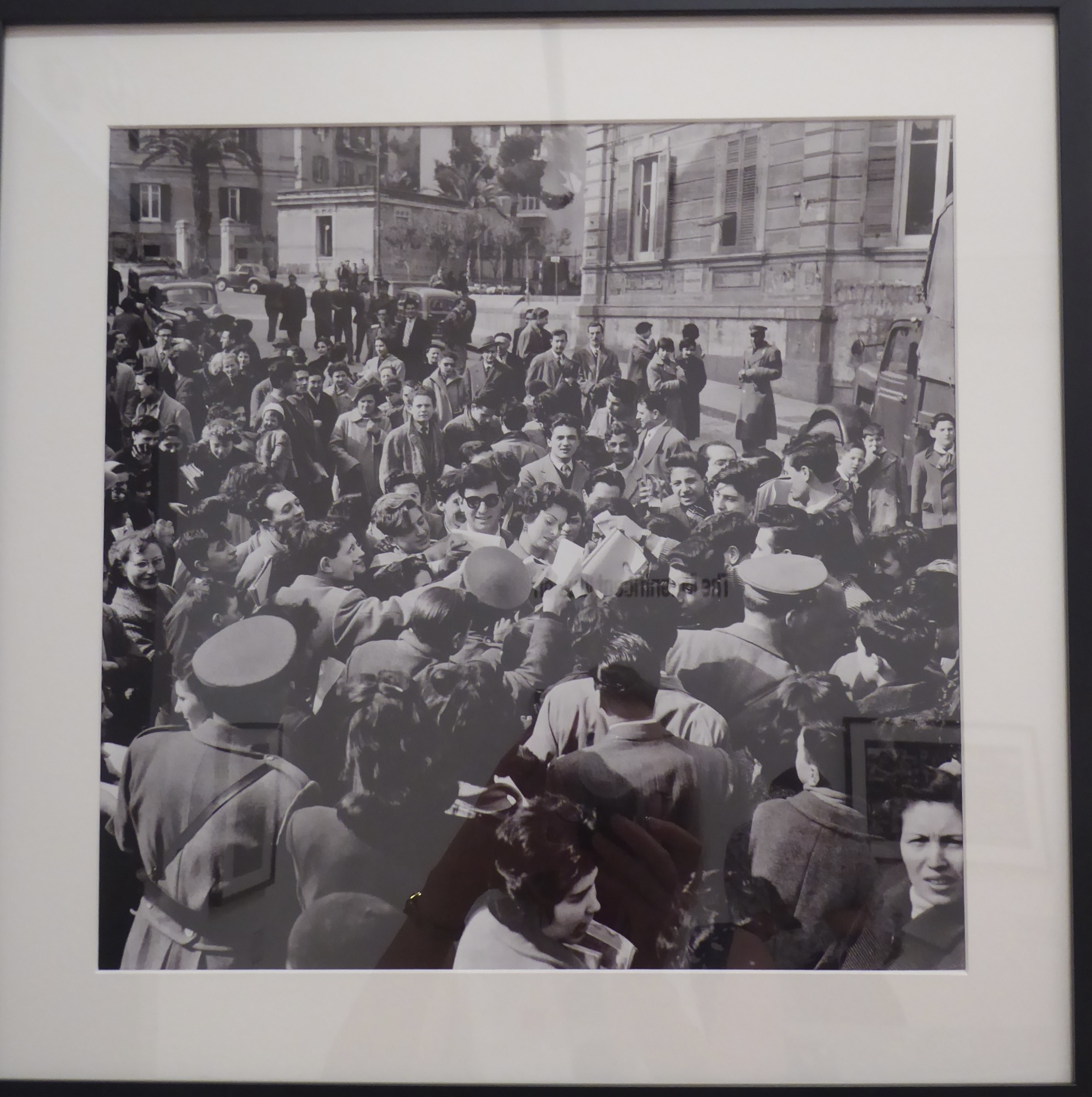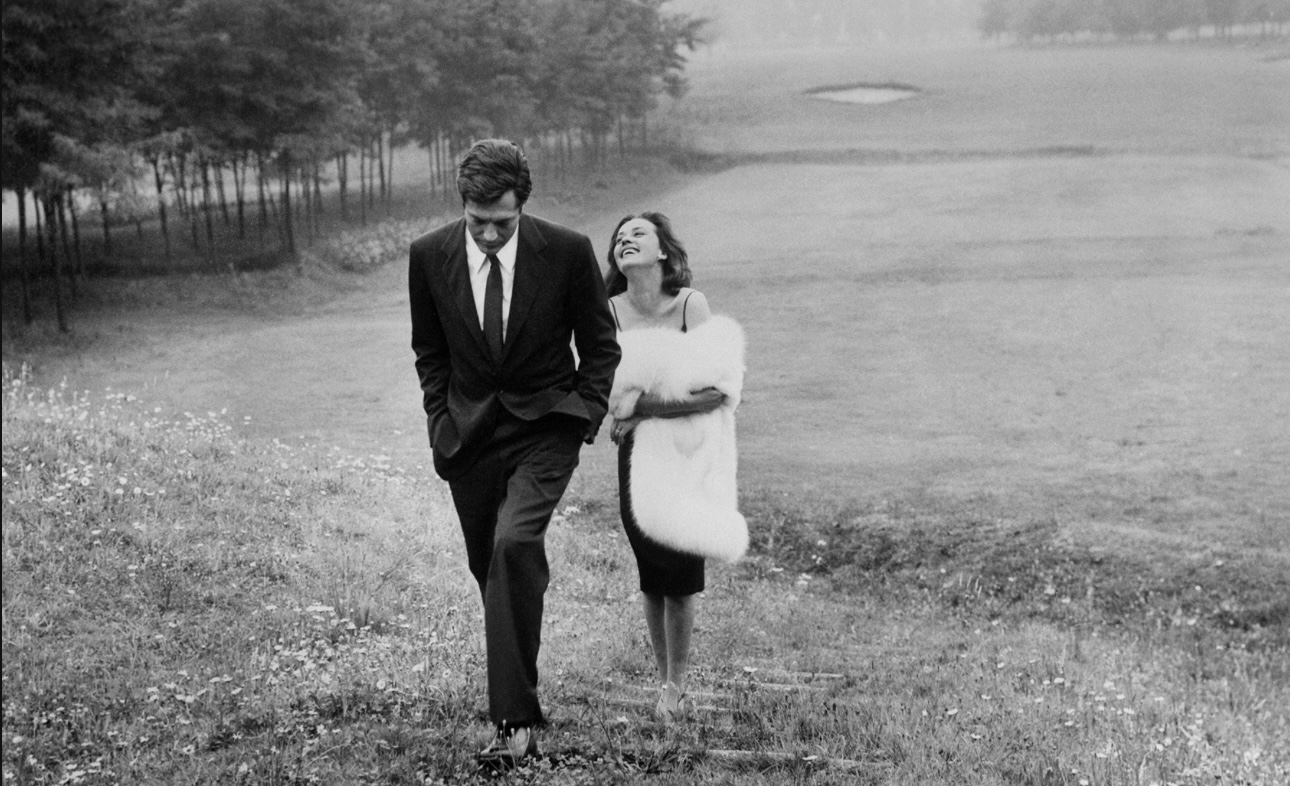Danish films this week. The Dogme 95 manifesto, the “Vow of Chastity” is dogmatic and downright puritanical:
- Shooting must be done on location. Props and sets must not be brought in (if a particular prop is necessary for the story, a location must be chosen where this prop is to be found).
- The sound must never be produced apart from the images or vice versa. (Music must not be used unless it occurs where the scene is being shot.)
- The camera must be hand-held. Any movement or immobility attainable in the hand is permitted.
- The film must be in color. Special lighting is not acceptable. (If there is too little light for exposure the scene must be cut or a single lamp be attached to the camera.)
- Optical work and filters are forbidden.
- The film must not contain superficial action. (Murders, weapons, etc. must not occur.)
- Temporal and geographical alienation are forbidden. (That is to say that the film takes place here and now.)
- Genre movies are not acceptable.
- The film format must be Academy 35 mm.
- The director must not be credited.
Furthermore I swear as a director to refrain from personal taste! I am no longer an artist. I swear to refrain from creating a “work”, as I regard the instant as more important than the whole. My supreme goal is to force the truth out of my characters and settings. I swear to do so by all the means available and at the cost of any good taste and any aesthetic considerations.
For me, the hand-held camera stricture made the clips we saw feel claustrophobic. I wasn’t too bothered that Dogme 95 films had passed me by; with their limitations and purity, I feel little inclination to try to catch them up.
Festen, Thomas Vinterberg, 1998
I knew about this film even though I’ve never seen it so its big reveal wasn’t a surprise, and I can see that the style – close-ups, overlapping voices, uncertainty and confusion – worked well for the plot.
Open Hearts, Susanne Bier, 2002
Young couple, happy, he is badly injured in a car crash, the aftermath. Yes, well filmed.
The Idiots, Lars von Trier, 1998
I could get past the tacky premise: a group of agitators pose as people with learning difficulties/neurodivergence as some kind of anti-bourgeois action. I really couldn’t see how this was sticking it to the privileged and it alienated me completely.




